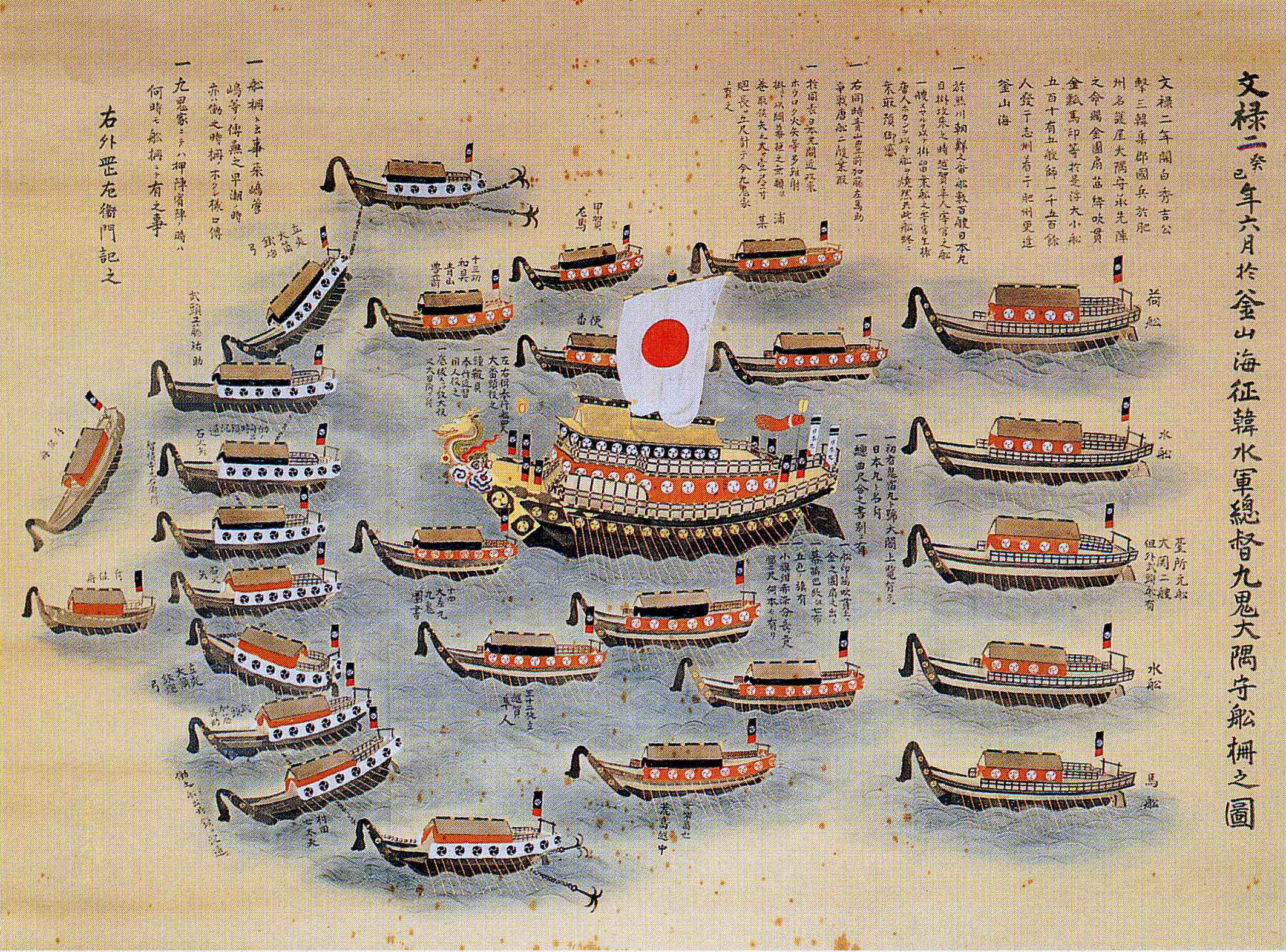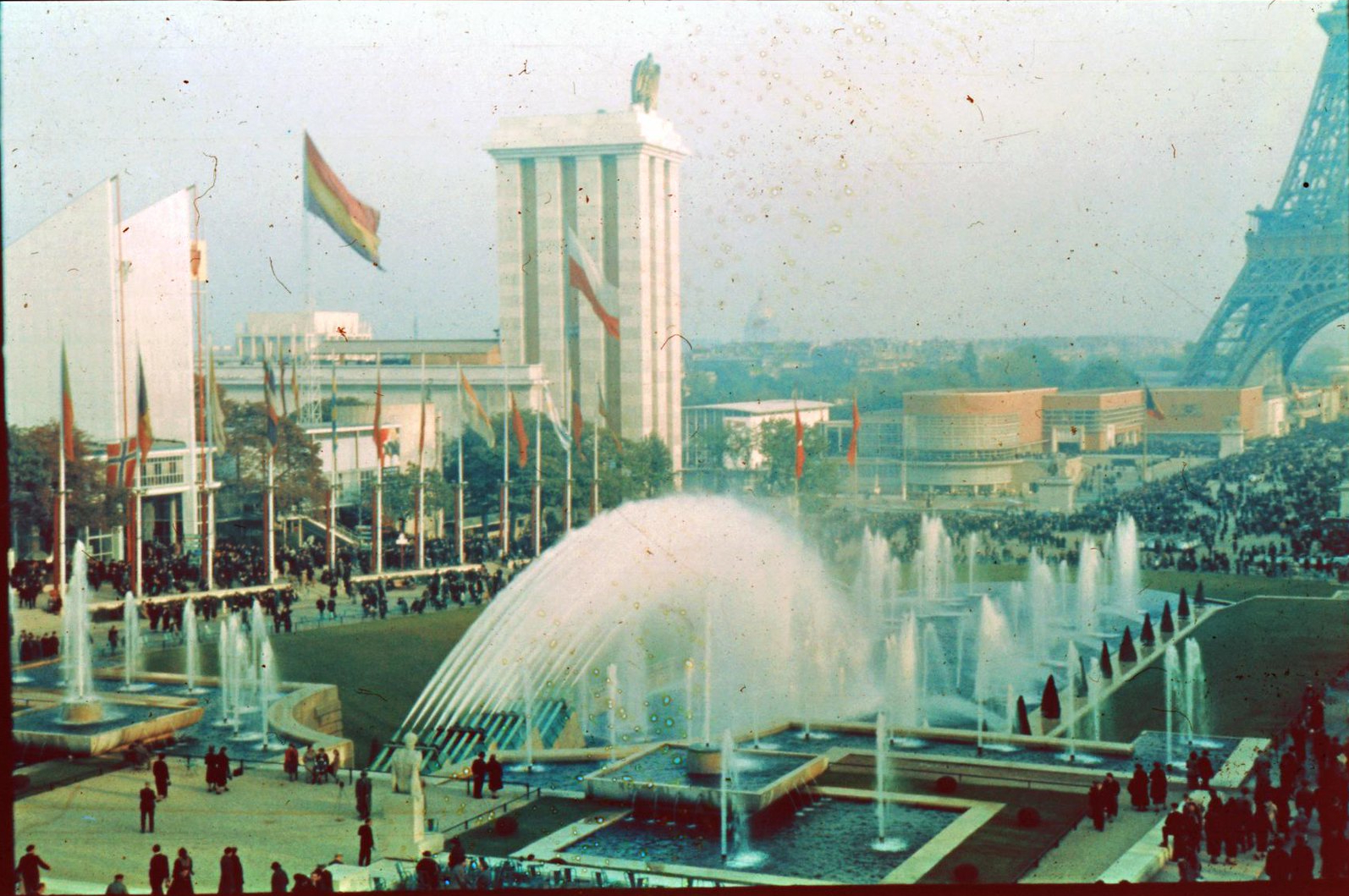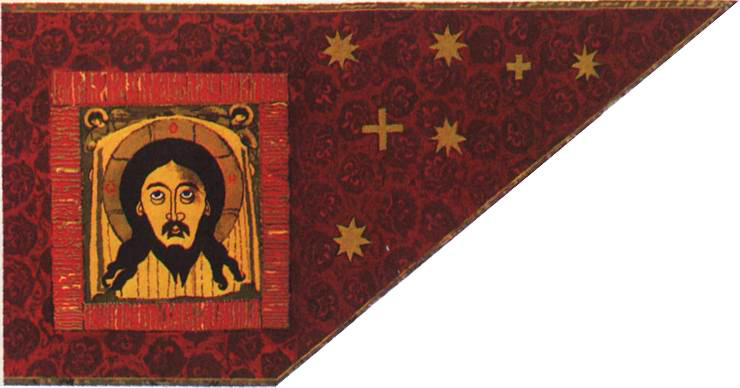|
Muhammed Ali Bedir
Muhammed Ali Bedir (born 24 March 2000) is a Turkish ski jumper and national record holder. On 27 January 2023, Bedir wrote the history, when he became the first ever Turkish ski jumper who landed over two hundred meter mark. At the Kulm ski flying hill in Tauplitz, Bad Mitterndorf, Austria he jumped 212.5 meters (697 ft) and tremendously improved previous record by Ipcioglou. Career In 2017/18 season he made his first World Cup entry at the Ruka and stuck at qualification round. In 2022 he performed at FIS Ski Flying World Championships The FIS Ski Flying World Championships is a ski flying event organised by the International Ski Federation and held every two years. The event takes place on hills much larger than ski jumping hills, with the K-point set between and . Unlike or ... qualifications, his first major competition. In 2022/23 season he made his first ever World Cup main event debut at Oberstdorf (4 Hill Tournament). Major Tournament results FIS N ... [...More Info...] [...Related Items...] OR: [Wikipedia] [Google] [Baidu] |
Erzurum
Erzurum (; ) is a city in eastern Anatolia, Turkey. It is the largest city and capital of Erzurum Province and is 1,900 meters (6,233 feet) above sea level. Erzurum had a population of 367,250 in 2010. The city uses the double-headed eagle as its coat-of-arms, a motif that has been a common symbol throughout Anatolia since the Bronze Age. Erzurum has winter sports facilities and hosted the 2011 Winter Universiade. Name and etymology The city was originally known in Armenian as Karno K'aghak' ( hy, Կարնոյ քաղաք), meaning city of Karin, to distinguish it from the district of Karin ( Կարին). It is presumed its name was derived from a local tribe called the Karenitis. Darbinian, M. "Erzurum," Armenian Soviet Encyclopedia. Yerevan: Armenian Academy of Sciences, 1978, vol. 4, p. 93. An alternate theory contends that a local princely family, the Kamsarakans, the Armenian off-shoot of the Iranian Kārin Pahlav family, lent its name to the locale that eventually bec ... [...More Info...] [...Related Items...] OR: [Wikipedia] [Google] [Baidu] |
Vikersund
Vikersund is a town of 3,232 (in 2020) inhabitants in the municipality capital of Modum, in the county of Viken, Norway. Overview Vikersund is located 30 kilometers south of Hønefoss and 40 kilometers northwest of Drammen. The village is located at the southwestern arm of Tyrifjorden. Drammenselva enters Tyrifjorden by Vikerfossen. Trunk road Highway 35 passes Vikersund. Vikersund station is a railway station on Randsfjordbanen which was established in 1866, two years before Randsfjordbanen between Drammen and Randsfjord was completed. Vikersund has a primary school - Vikersund primary school and a middle school - North Modum School. Students at NMU from Vikersund school Sysle school and some also come from Stalsberg school (Geithus). Between Vikersund and Krøderen is ''Krøderbanen museumsjernbane'' railway museum. Tyrifjord Hotell, situated by the fjord opposite Vikersund, just 3 minutes by car from Vikersund Ski-Jumping Center with the world's largest ski flying hill ... [...More Info...] [...Related Items...] OR: [Wikipedia] [Google] [Baidu] |
Flag Of Romania
The national flag of Romania ( ro, drapelul României) is a tricolour. The Constitution of Romania states that "The flag of Romania is tricolour; the colours are arranged vertically in the following order from the flagpole: blue, yellow, red". The flag has a width-length ratio of 2:3; the proportions, shades of colour as well as the flag protocol were established by law in 1994, and extended in 2001. The civil flag of Andorra and the state flag of Chad are very similar to the Romanian national flag. The similarity with Chad's flag, which is identical apart from allowing a broader range of shades of blue, yellow and red, has caused international discussion. In 2004, Chad asked the United Nations to examine the issue. However, then-president of Romania Ion Iliescu announced that there would be no changes to the flag. The flag of Moldova is similar to the Romanian tricolour, except that it has a 1:2 ratio, a lighter shade of blue, a slightly different shade of yellow, and the Mo ... [...More Info...] [...Related Items...] OR: [Wikipedia] [Google] [Baidu] |
Flag Of United States
The national flag of the United States of America, often referred to as the ''American flag'' or the ''U.S. flag'', consists of thirteen equal horizontal stripes of red (top and bottom) alternating with white, with a blue rectangle in the canton (referred to specifically as the "union") bearing fifty small, white, five-pointed stars arranged in nine offset horizontal rows, where rows of six stars (top and bottom) alternate with rows of five stars. The 50 stars on the flag represent the 50 U.S. states, and the 13 stripes represent the thirteen British colonies that declared independence from Great Britain, and became the first states in the U.S. Nicknames for the flag include the ''Stars and Stripes'', ''Old Glory'', and the ''Star-Spangled Banner''. History The current design of the U.S. flag is its 27th; the design of the flag has been modified officially 26 times since 1777. The 48-star flag was in effect for 47 years until the 49-star version became official on July ... [...More Info...] [...Related Items...] OR: [Wikipedia] [Google] [Baidu] |
Flag Of Japan
The national flag of Japan is a rectangular white banner bearing a crimson-red circle at its center. This flag is officially called the , but is more commonly known in Japan as the . It embodies the country's sobriquet: the Land of the Rising Sun. The ''Nisshoki'' flag is designated as the national flag in the Act on National Flag and Anthem, which was promulgated and became effective on 13 August 1999. Although no earlier legislation had specified a national flag, the sun-disc flag had already become the ''de facto'' national flag of Japan. Two proclamations issued in 1870 by the Daijō-kan, the governmental body of the early Meiji period, each had a provision for a design of the national flag. A sun-disc flag was adopted as the national flag for merchant ships under Proclamation No. 57 of Meiji 3 (issued on 27 February 1870), and as the national flag used by the Navy under Proclamation No. 651 of Meiji 3 (issued on 27 October 1870). Use of the ''Hinomaru'' was severely restric ... [...More Info...] [...Related Items...] OR: [Wikipedia] [Google] [Baidu] |
Flag Of Slovenia (bordered)
The national flag of Slovenia ( sl, zastava Slovenije) features three equal horizontal bands of white (top), blue, and red, with the coat of arms of Slovenia located in the upper hoist side of the flag centred in the white and blue bands. The coat of arms is a shield with the image of Mount Triglav, Slovenia's highest peak, in white against a blue background at the centre; beneath it are two wavy blue lines representing the Adriatic Sea and local rivers, and above it are three six-pointed golden stars arranged in an inverted triangle which are taken from the coat of arms of the Counts of Celje, the great Slovene dynastic house of the late 14th and early 15th centuries. The flag's colours are considered to be Pan-Slavic, but they actually come from the medieval coat of arms of the Duchy of Carniola, consisting of 3 stars, a mountain, and three colours (red, blue, yellow), crescent. The existing Slovene tricolour was raised for the first time in history during the Revolution of 1 ... [...More Info...] [...Related Items...] OR: [Wikipedia] [Google] [Baidu] |
Flag Of Norway
The national flag of Norway ( nb, Norges flagg; nn, Noregs flagg; ) is red with a navy blue Scandinavian cross fimbriated in white that extends to the edges of the flag; the vertical part of the cross is shifted to the hoist side in the style of the ''Dannebrog'', the flag of Denmark. History It is difficult to establish what the earliest flag of Norway looked like. During ancient times countries did not fly flags. Kings and other rulers flew flags, especially in battle. Saint Olav used a serpent within a white mark at the Battle of Nesjar. Prior to this the raven or dragon was used. Magnus the Good used the same mark as Saint Olav. Harald Hardrade used the raven banner. This flag was flown by various Viking chieftains and other Scandinavian rulers during the 9th, 10th, and 11th centuries AD. Inge used a red lion on gold. Sverre used an eagle in gold and red. The earliest known flag which could be described as a national flag of Norway is the one used today as the Roy ... [...More Info...] [...Related Items...] OR: [Wikipedia] [Google] [Baidu] |
Flag Of Austria
The flag of Austria ( de-AT, Flagge Österreichs) is the flag of the nation of Austria. It consists of three bands of colour in the following order: red, white, and red. The Austrian flag is considered one of the oldest national symbols still in use by a modern country, with its first recorded use in 1230. The Austrian triband originated from the arms of the Babenberg dynasty. As opposed to other flags, such as the black-and-yellow banner of the Habsburgs, the red-white-red flag was from very early on associated, not with a reigning family or monarch, but with the country itself. In addition to serving as the flag of Austria since 1230, it was adopted as the naval ensigns and flags of the Grand Duchy of Tuscany and Duchy of Modena and Reggio in the 18th and 19th centuries respectively, as both were ruled by cadet branches of the House of Habsburg. History Origins The flag traces back to the coat of arms of the medieval Babenberg dynasty, a silver band on a red field ... [...More Info...] [...Related Items...] OR: [Wikipedia] [Google] [Baidu] |
Civil Ensign Of Switzerland
{{disambiguation ...
Civil may refer to: *Civic virtue, or civility *Civil action, or lawsuit * Civil affairs *Civil and political rights *Civil disobedience *Civil engineering *Civil (journalism), a platform for independent journalism *Civilian, someone not a member of armed forces *Civil law (other), multiple meanings *Civil liberties *Civil religion *Civil service *Civil society *Civil war *Civil (surname) Civil is a surname. Notable people with the surname include: *Alan Civil (1929–1989), British horn player *François Civil (born 1989), French actor * Gabrielle Civil, American performance artist *Karen Civil (born 1984), American social media an ... [...More Info...] [...Related Items...] OR: [Wikipedia] [Google] [Baidu] |
Flag Of Germany
The national flag of Germany is a tricolour (flag), tricolour consisting of three equal horizontal bands displaying the national colours of Germany: Sable (heraldry), black, Gules, red, and Or (heraldry), gold (german: :de:Schwarz-Rot-Gold, Schwarz-Rot-Gold). The flag was first sighted in 1848 in the German Confederation. It was officially adopted as the national flag of the Weimar Republic from 1919 to 1933, and has been in use since its reintroduction in West Germany in 1949. Since the mid-19th century, Germany has two competing traditions of national colours, black-red-gold and black-white-red. Black-red-gold were the colours of the German revolutions of 1848–1849, 1848 Revolutions, the Weimar Republic of 1919–1933 and the Federal Republic (since 1949). They were also Flag of East Germany, adopted by the German Democratic Republic (1949–1990). The colours black-white-red appeared for the first time in 1867, in the constitution of the North German Confederation. This n ... [...More Info...] [...Related Items...] OR: [Wikipedia] [Google] [Baidu] |
Flag Of Russia
The national flag of Russia (russian: Флаг России, Flag Rossii), also known as the ''State Flag of the Russian Federation'' (russian: Государственный флаг Российской Федерации, Gosudarstvenny flag Rossiyskoy Federatsii), is a tricolour (flag), tricolour flag consisting of three equal horizontal fields: white on the top, blue in the middle, and red on the bottom. The flag was first used as an ensign for Russian merchant ships in 1696. It remained in use until 1858, when the first official flag of the Russian Empire was decreed by Alexander II of Russia, Alexander II, which was a tricolour consisting of three horizontal fields: black on the top, yellow in the middle, and white on the bottom. A decree in 1896 reinstated the white, blue, and red tricolour as the official flag of the Russian Empire until the Revolution of 1917. Following the creation of the Russian Socialist Federative Soviet Republic after the October Revolution, Bo ... [...More Info...] [...Related Items...] OR: [Wikipedia] [Google] [Baidu] |


.png)




